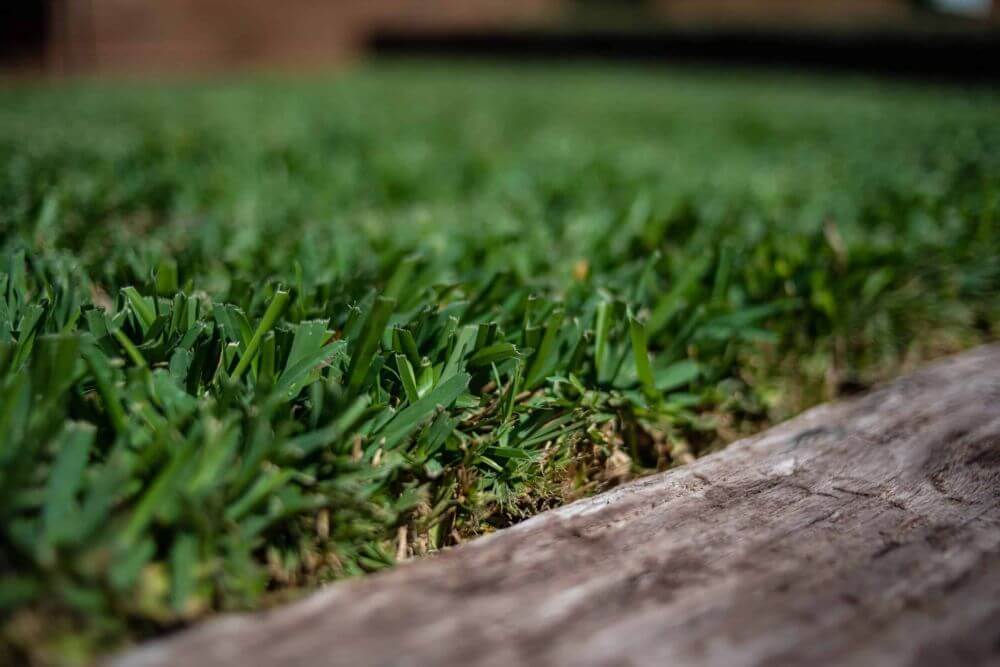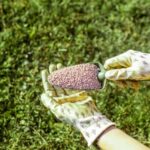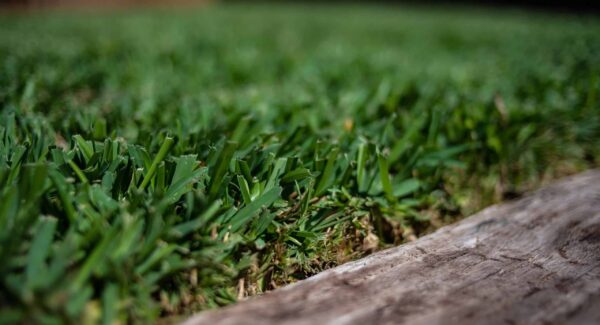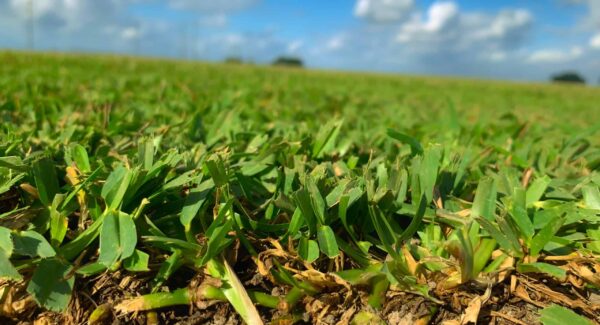How to Make St. Augustine Grass Spread Quickly
St. Augustine grass is one of the most popular grass types we provide to Texas homeowners. Many wonder how to make St. Augustine grass spread quickly. The grass comes with a variety of benefits, with its most notable being its high tolerance for heat and drought.
St. Augustine grass can handle a lot of foot traffic unlike many other types of grass. Even if it does wear down in areas of heavier traffic, St. Augustine grows back & spreads quickly by nature when maintained properly. You don’t have to worry about playing outside so much that your grass will die. St Augustine grass can take it.
People also love it because it naturally prevents weeds, choking invasive plants out with its natural density. This ensures homeowners get great mileage out each planting. Continue reading to take the first step towards adding St. Augustine grass to your home!

What’s the Best Soil for St. Augustine Grass?
Starting with the soil, part of what makes St. Augustine grass so great is its ability to grow with a variety of soil types. It also suits soil with a wide pH range (from 5.0 to 8.5). The best pH for St. Augustine grass would be between 5.0 to 7.5. Never use a soil with high-nitrogen, such as Dillo Dirt, as this will burn new grass. Look for a landscape or garden mix with a 60/40 or 50/50 blend of chocolate loam or compost for lawn. You will want to use somewhat moist soil while avoiding any soil that is waterlogged or compacted.
How to Prepare Soil for St. Augustine Grass?
Waterlogged and compacted soil will often have its oxygen supply depleted and, as a result, can often prevent the growth of plant life. With the use of topsoil, you can cut the amount of water your soil may collect over time. Investigate your choice for soil before choosing it for your St. Augustine grass. We recommend testing your soil through A&M’s AgriLife Extension Service or SoilKit.com to get an accurate view of the health and quality of your soil.
Managing Its Post-Establishment
How well and quickly your St. Augustine grass will grow depends on how well you initially manage it. Homeowners must keep in mind that this type of grass requires management at least once a week. Good cultural practices include keeping your lawn fertilized, watered, and mowed as your lawn needs it. Frequencies & timing of maintenance can differ some based on your yard and soil conditions, and various changing environmental factors. However, you can find a variety-specific maintenance calendar in the PDFs at the bottom of each varieties page. When mowing, make sure to keep the grass at the ideal height of 2.5 inches, without cutting more than a 1/3 of the leaves off in a single mowing and waiting at least 2-3 days between each mowing when possible.
The Best Fertilizer For St. Augustine

Fertilizing your St. Augustine grass is a major key to its growth. Fertilizer high in phosphorous will help get the roots established post-installation, but it must have very low or no nitrogen. Later on, you should use a fertilizer with nitrogen to help improve the grass’s growth rate. However, we always recommend choosing your fertilizer based on a recent soil test, which should be done at least once per year.
Consider the Best Time to Plant St. Augustine Grass
St. Augustine grass grows fastest during spring and summer and slower when it’s colder. It is important to note, however, that grass can need 2-4 times more water to establish when planted in ambient temperatures above 85°F. The growth rate depends on a combination of factors, the most important being moisture control, use of nutrients, soil condition & health, temperature, and shade.
Ready to Make the First Step?
Looking to make St. Augustine grass part of your home? You can order online with us here at The Grass Outlet and have it delivered to your location. We supply the most popular varieties of St. Augustine grass and can help you pick the perfect type for you. Our team of experts will be able to answer all of your questions and concerns if you contact us today! Find out why St. Augustine grass is the ideal grass for Texas homeowners.
Place Your Order Today




